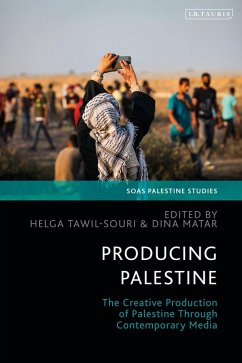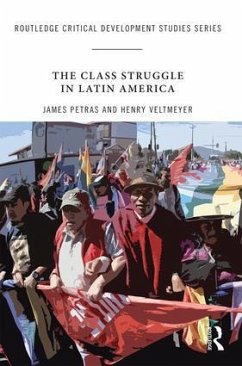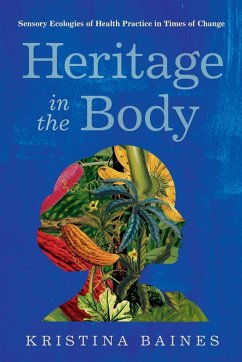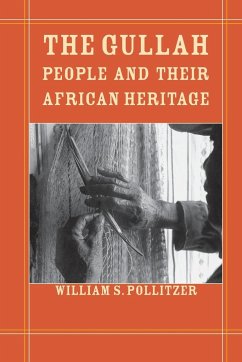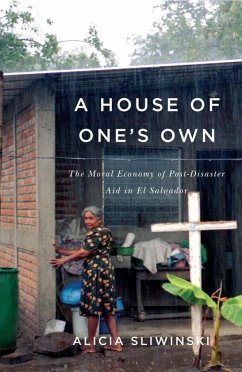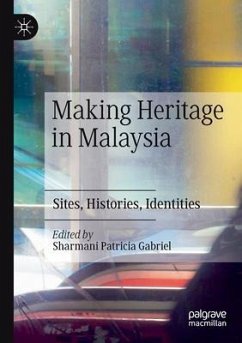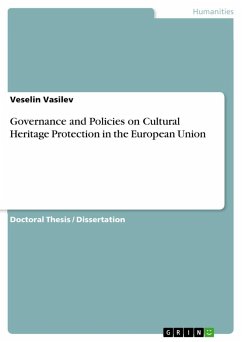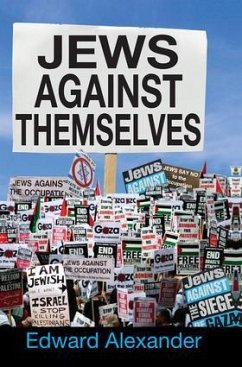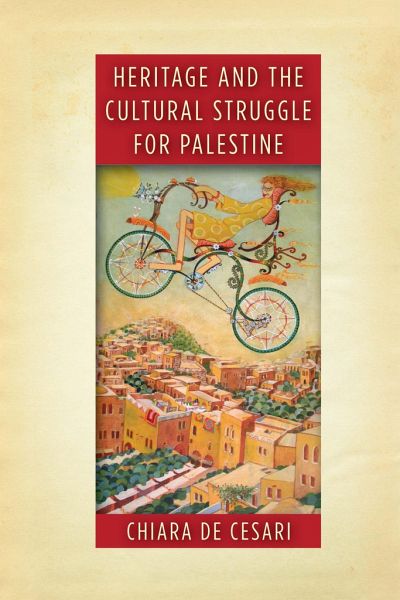
Heritage and the Cultural Struggle for Palestine

PAYBACK Punkte
14 °P sammeln!
In recent decades, Palestinian heritage organizations have launched numerous urban regeneration and museum projects across the West Bank in response to the enduring Israeli occupation. The author examines these Palestinian heritage projects and the transnational actors, practices, and material sites they mobilize to create new institutions in the absence of a sovereign state.



